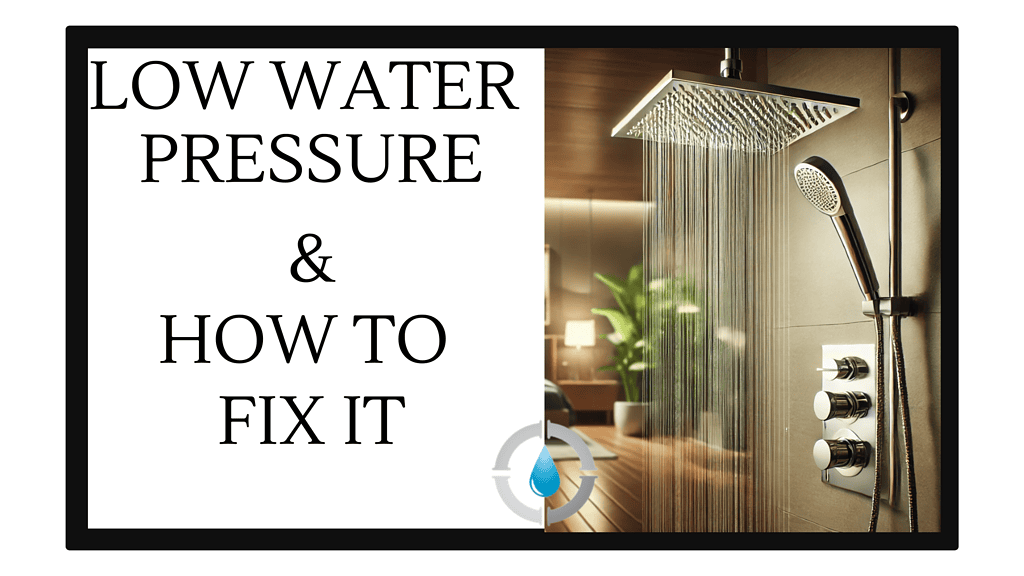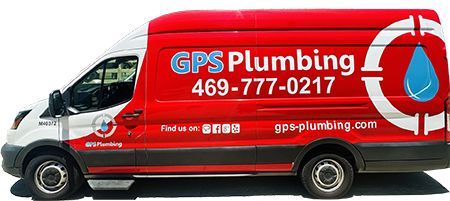
Low water pressure can quickly disrupt your daily routine, turning simple tasks like showering or washing dishes into a frustrating experience. Understanding the Common Causes of Low Water Pressure—from clogged aerators to faulty shower cartridges or PRV issues—can help you identify the problem and restore proper water flow.
1. Worn-Out Shower Cartridge
A faulty shower cartridge is one of the most common causes of low water pressure in bathrooms. Over time, it can wear out or become clogged with debris, leading to weak water flow.
- How it causes low pressure: A blocked or worn cartridge restricts water flow to your showerhead.
- Solution: Replacing the cartridge can restore your shower’s water pressure and prevent annoying drips or temperature fluctuations.
Need help? Contact GPS Plumbing for a quick and reliable shower cartridge replacement.
2. Clogged Aerators and Showerheads
Mineral deposits often build up in aerators and showerheads, especially in areas with hard water. This can obstruct water flow.
- How it causes low pressure: Blocked openings restrict water from flowing freely.
- Solution: Remove the aerator or showerhead and soak it in vinegar to dissolve buildup. Replace it if cleaning doesn’t help.
- For helpful insights on resolving faucet issues, check out our Faucet Repair Tips guide, offering practical advice to fix leaks, improve water flow, and maintain your faucets.
3. Pressure Reducing Valve (PRV) Issues
A PRV is installed to regulate incoming water pressure to protect your plumbing system from damage. However, a malfunctioning PRV can result in low water pressure.
- How it causes low pressure: A PRV set too low or one that’s malfunctioning will restrict water flow throughout your home.
- Solution: Adjust the valve’s settings to ensure proper water pressure. If the PRV is faulty, you may need to replace it. Learn more about how a Pressure Reducing Valve (PRV) can protect your plumbing and ensure consistent water pressure throughout your home.
Pro Tip: Contact GPS Plumbing for PRV inspections and adjustments to keep your water pressure within the ideal range of 50–75 PSI.
4. Pipe Leaks or Blockages
Leaks and blockages can significantly reduce water pressure throughout your home.
- How it causes low pressure: Leaks divert water away from fixtures, while blockages restrict flow inside pipes.
- Solution: Inspect exposed pipes for leaks or consult our Leak Detection Guide for tips on spotting hidden leaks.
5. Municipal Water Supply Issues
Your water pressure may drop if the municipal water system is undergoing maintenance or experiencing high demand.
- How it causes low pressure: Fluctuations in the municipal water supply impact household water pressure.
- Solution: Check with your local water provider for updates or install a booster pump to maintain steady pressure.
6. Partially Closed Valves
Even a slightly closed main water valve or shut-off valve can restrict water flow. If you’re experiencing low water pressure throughout your home, one likely reason is a partially closed valve—another common cause of low water pressure.
- How it causes low pressure: A partially closed valve limits the amount of water entering your plumbing system.
- Solution: Ensure the main water valve is fully open, especially after plumbing repairs or inspections.
7. Old or Corroded Pipes
Older homes with corroded or mineral-clogged pipes may experience low water pressure.
- How it causes low pressure: Corrosion narrows pipe openings, reducing water flow.
- Solution: Replace old pipes with modern materials like PEX or copper to restore proper water pressure.
8. Faulty Shower Valve
A malfunctioning shower valve can cause issues with both water flow and temperature control, leading to low water pressure in your shower.
- How it causes low pressure: The valve may restrict water flow if its internal components are worn out or damaged.
- Solution: If replacing the shower cartridge doesn’t solve the issue, the shower valve may need repair or replacement.
For more guidance, explore our Shower Valve Repair or Replace Guide.
9. Quick Fix: Replace Your Shower Cartridge
If the low water pressure is isolated to your shower, the cartridge is likely the problem. A quick replacement can restore optimal pressure, eliminate drips, and ensure steady temperatures.
- Solution: GPS Plumbing offers fast, affordable shower cartridge replacements to restore your shower’s performance.
Discover how a shower cartridge replacement can restore water pressure, eliminate leaks, and enhance your shower experience.
Boost Your Water Pressure Today with GPS Plumbing
Don’t let low water pressure disrupt your day. Whether the issue lies with your PRV, pipes, or shower cartridge, knowing how to fix it is the first step toward restoring your system’s performance. To address any of these common causes of low water pressure, contact GPS Plumbing for expert plumbing services, including shower cartridge replacement, PRV adjustments, and leak detection. Our team will ensure your water flows smoothly, giving you a stress-free experience.
For additional insights on maintaining optimal water pressure, check out our Water Pressure Tips for Plumbing. This guide offers practical advice to ensure your plumbing system runs smoothly with consistent water flow.

